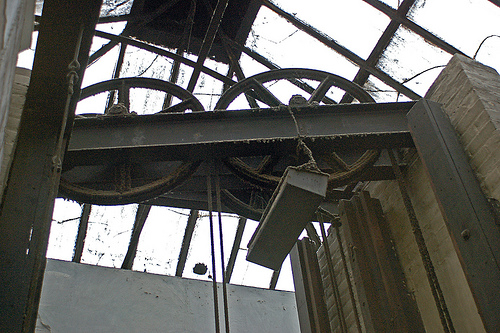Like most equipments, elevators require routine upkeep to keep them in top running condition. Unfortunately, they are regularly overlooked when building owners evaluate strategies for retaining tenants, the marketability of their properties, options to increase leasing rates, causes of workplace inefficiencies, and so forth. Keeping up on preventive maintenance helps to keep elevator repair and replacement costs down.
Why should you maintain your elevator?

To start with, building users, including tenants and guests expect reliable and speedy transportation to move them vertically throughout a structure. Regular, onsite elevator preventive maintenance is critical when it comes to improving the lifespan of a lift and sustaining its performance. Most of the times, licensed elevator engineers are not dispatched to service the unit until there is clear-cut issue with the system, or when it is in dire need of urgent repairs.
Unfortunately, this ends up being a costly mistake for the building owners. Without routine and proper maintenance, costly repairs are required, something that might result in frequent shutdowns of the elevator.
Can the costs of running an elevator be brought down?
Of course, it is possible to bring down the costs of running elevators in a structure. To start with, building owners and managers require being persistent and diligent in holding their maintenance contractors to the terms detailed in maintenance contracts. These contracts normally demand routine preventive maintenance through utilization of log tracking of upkeep visits.
Contractors are expected to present detailed reports on callback frequency and the provided repairs. Regrettably, the majority of building managers and owners tend to ignore lift preventive maintenance until the system is no longer code compliant or becomes a liability. At this point, the issues become more costly and difficult to solve, needing modernization or a complete overhaul of the whole elevator system.
The stoppage of a lift for repairs triggers dissatisfaction and irritation from all building users. It also lowers the productivity of employees as they are required to spend more time waiting for an alternate elevator. This also prompt an expenditure that might have been avoided had preventive maintenance been properly conducted in the first place. Basically, the effects of not carrying out appropriate maintenance won’t be felt or even observed in the short term. It is during the later years of the lift system’s lifecycle that the effects of neglect become unambiguously apparent.
What needs to be maintained in a lift system to help lower repair costs?
Doors are some of the most utilized and mistreated elements of a lift. They are the only components in the entire system that moves twice each time the vehicle reaches a desired floor. Moreover, users frequently pry the doors open, stopping them from closing to allow more passengers in. Others prop them open when loading and unloading cargo, and bang up against them with carts and luggage.
Abuse, in addition to tear and wear of lift doors, can become severe enough that a complete shutdown is inevitable, and an entrapment becomes possible. In most cases, damage to elevator’s doors, including knocking them off alignment, is way beyond what is covered by a standard lift maintenance contact. This simply means that the repairs become the building owner’s expense.
Lift doors as well as the rollers need scheduled upkeep and adjustments so as to make certain they close and open evenly. An obvious warning sign that the lift doors are out of alignment are scratches and dents on the inside of the doors. These are largely caused the panels dragging along the vehicle. Refinishing costs of the doors will then have to be incurred by the building owner as they are mostly not covered in the service contract. Other door parts that can cause performance problems include hoistway door interlocks, hanger rollers, and door gibs. Remember, all these issues can be easily avoided with proper regular maintenance.